HOLDERNESS — It’s been a rough first year of life for two mountain lions, both males, recently accepted by Squam Lakes Natural Science Center. They were each orphaned at a young age, then put on a flight across the country, only to be greeted by a neutering appointment with a veterinarian when they arrived.
Throughout all of this, the two big cats have had one thing to rely on — the companionship of each other. And that’s something that won’t be interrupted, if the caretakers at their new home have anything to say about it.
“They went through this big, scary experience together,” said Genlyne Fiske-White, animal care training and enrichment coordinator at Squam Science Center. “They have been consistently together. I think they have found a lot of comfort in finding a buddy.”
The two mountain lions — or puma, cougar, catamount; there are many names for the same animal — came to the science center in late January. They were two of several orphaned mountain lion kits that found themselves in the care of Washington State’s Department of Fish and Wildlife. They are 7 months old now and, despite their clean bill of health, would be unable to be rehabilitated and released into the wild. Mountain lions live with their mother for 18 months, Fiske-White said, learning how to hunt and perform other important survival skills. Their only option now is the care of an organization such as Squam Science Center, an educational organization that maintains habitats for animals native to New Hampshire — including animals such as mountain lions, which have been driven out of the state by hunting — to help its visitors appreciate the beauty and nuances of the natural world.
The Squam Science Center is a pretty good place for the two young male lions to land. Thanks to the feeding, veterinary care, and stimulating environment provided by the staff, animals at the center tend to live about twice as long as they would in the wild. The last mountain lion at the exhibit died at age 20, late last year. In the wild, according to mountainlion.org, the animal’s life span is generally between 8 and 13 years.
Though they’re both about the same age, and both orphaned, the staff at the science center don't know if they’re related. Genetic testing could answer that question, but there’s not currently a compelling reason to know.
Both of the new lions — the Science Center doesn’t name its “animal ambassadors,” as they term their wild animals on exhibit — weigh between 40 and 46 pounds. They’re growing quickly, though. They will reach full size — which could be 200 pounds and 6.5 feet long, including tail — sometime in 2024. They are currently eating around 1 kilogram of meat each, every day, and their rations are increasing weekly as they grow.
By the time they're fully grown, they’ll have seen thousands of people, and thousands will have seen them.
The Science Center welcomes around 65,000 people each year to its live animal exhibit trail.
That trail is now open for the season, and the mountain lions — as well as a 1-year-old black bear, rescued as an illegal pet in South Carolina — have joined the foxes, bobcats, otters, deer, fish and many birds visitors can observe.
“Attraction-wise, it’s great to have them here,” Amanda Gillen, development and communications director, said about the mountain lions. “They are an animal that people won’t necessarily see in nature, but we can teach them about them.”
Visit nhnature.org for more information.






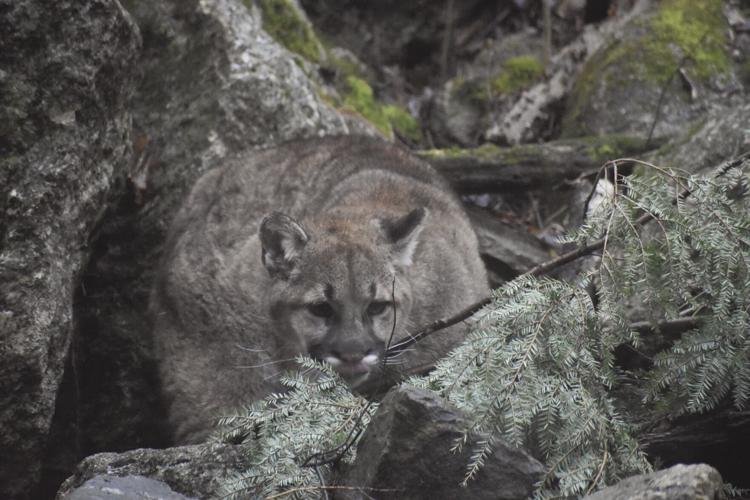
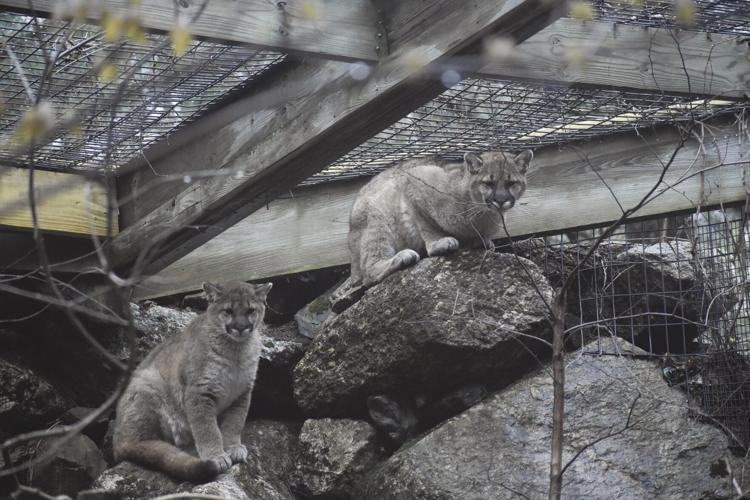
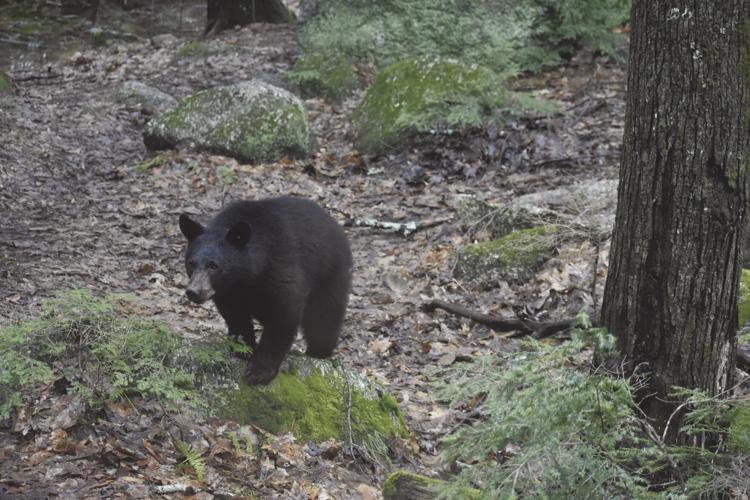

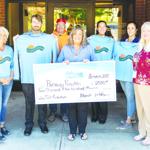


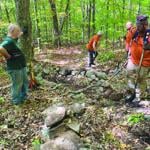
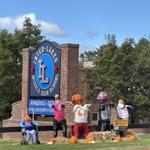
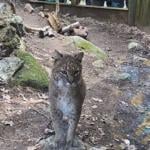

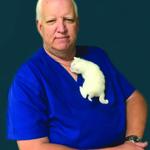
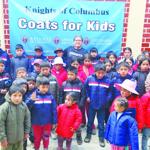
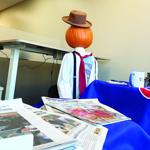
(1) comment
Hopefully, they will build a pen. The Mountain Lion they had before spent his life pacing back and forth in front of the window. Heartbreaking.
Welcome to the discussion.
Log In
Keep it Clean. Please avoid obscene, vulgar, lewd, racist or sexually-oriented language.
PLEASE TURN OFF YOUR CAPS LOCK.
Don't Threaten. Threats of harming another person will not be tolerated.
Be Truthful. Don't knowingly lie about anyone or anything.
Be Nice. No racism, sexism or any sort of -ism that is degrading to another person.
Be Proactive. Use the 'Report' link on each comment to let us know of abusive posts.
Share with Us. We'd love to hear eyewitness accounts, the history behind an article.